African fruits are abundant due to the continent’s rich biodiversity, thriving across various climates from the Sahara’s edges to the lush rainforests and vibrant coastlines.
Sweet dates, baobab fruit, marula, etc., are some iconic fruits here, especially dates, which are not only consumed locally but also exported. Of course, most of them can be eaten fresh or used in local recipes.
In addition to their culinary uses, many African fruits have traditional uses in natural medicines, thanks to their rich nutritional profiles.
So if you’re curious about these fruits, their flavor, textures, and other interesting facts, here are the 22 most famous African fruits. Besides, I’ll also show you what African dishes and beverages are made from them.
Read on!
22 Most Popular African Fruits with Filters
Dates
- Algeria
- For Dishes
- National
- Native
Dates are small golden yellow or reddish-brown fruits from the date palm tree. They are one of the most culturally and economically significant fruits originating from the African continent, particularly the North African region, such as Egypt, Algeria, Morocco, etc.
With countless varieties, each offers a unique flavor profile. Some high-quality variants include Deglet Noor, Noor, Medjool, Ajwa, Khalas, and Barhi. Among them, the Medjool stands out with its larger size, extra sweetness, and juicier texture.
Appreciated for their sweet taste, dates are a snack and a star in the North African culinary world, from the famous tagine stew to being stuffed with nuts or incorporated into pastries. Plus, date syrup and date wine further demonstrate their versatility.
Dates are also a favored food during Ramadan. These fruits come packed with fiber, antioxidants, and vitamins. A small note: they’re also high in calories, so moderation is key!
Baobab
- Exotic
- For Beverages
- Native
Baobab, a fruit from the baobab tree, is native to Africa. It is recognized for its large size and tangy, citrusy flavor.
Baobab can be savored fresh. Moreover, the dried version transforms into a powder, making smoothies and flavoring dishes.
The African baobab is also a nutrition powerhouse, high in vitamin C, antioxidants, and minerals. It may even support weight loss, blood sugar control, and inflammation reduction.
FYI, the baobab tree is often called the “Tree of Life.”
Horned Melon
- Exotic
- For Dishes
- Native
Hailing from southern and central Africa, the horned melon (aka kiwano) belongs to the cucumber, melon, and pumpkin family. When fully ripened, its spiky outer skin has an orange hue, covering a bright green, jelly-like flesh inside.
This fruit offers a mildly sweet and tart taste, like the combination of cucumber and zesty lime. They are mainly savored fresh. You only need to slice it lengthwise and spoon out the flesh. Horned melon also plays well in fruit salads.
It’s also famous for its ability to retain water, making it a valuable food source during dry periods. Moreover, horned melons support your heart, skin, and bones and boost your immune system.
Tamarind
- For Beverages
- For Dishes
- Native
Tamarind, native to tropical Africa, grows abundantly in Sudan, Kenya, Somalia, Cameroon, Malawi, etc. This member of the Fabaceae family is known for its sweet and sour taste.
The tamarind pulp is a flavor enhancer in African sauces, soups, and stews. Its tartness also makes great refreshing drinks.
Besides its culinary appeal, tamarind is a traditional medicine for ailments such as fever and diarrhea.
Bitter Kola
- For Beverages
- Native
Bitter kola, scientifically known as Garcinia kola, is a subtropical fruit born from the kola tree of West and Central Africa.
Inside each fruit are two to five bitter kola seeds. Although they may start with a bitter taste, these fruits, often treated as nuts, sweeten when you chew.
Besides a snack, bitter kola is a popular folk medicine for bacterial infections, coughs, and colds. Plus, since it contains caffeine, it helps reduce fatigue and enhances mental alertness.
African Star Apple
- For Beverages
- Native
African star apple is a tropical fruit known as Udara in Igbo or Agbalumo in Yoruba. This fruit is a common West African food, especially in Nigeria and Guinea. It also gained popularity in Uganda.
During its season from December to April, local vendors sell star apples at roadside stalls and markets.
You should not eat their orange skin, but the sweet and sour flesh is best savored fresh or stewed. And a glass of African star apple juice is definitely the tastiest!
African Walnut
- For Dishes
- Native
The African walnut (aka okpa) is a nutritious fruit encased in a hard shell, predominantly found in the forests of West Africa.
Unlike its more famous relative, the English walnut, the African walnut is eaten fresh, boiled, or roasted, and is known for its rich, creamy taste and texture. They can also be ground to use in soups or stews.
Furthermore, these fruits are also a part of traditional medicine, used to treat various ailments.
Marula
- For Beverages
- Native
Marula, a Southern African native, is a medium-sized, juicy fruit with a single seed. On ripening between December and March, it boasts light yellow skin, white flesh, and a tart flavor.
Besides eating, it is a key ingredient in producing the popular Amarula liqueur. Marula is consumed not only for its tart, refreshing taste but also in traditional African medicine and skin care products.
Interestingly, the marula tree is often called the “elephant tree” because elephants enjoy its fruit.
Kola Nut
- For Beverages
- Native
The kola nut is a caffeine-containing fruit of the kola tree, native to the tropical rainforests of Africa.
It also symbolizes respect, hospitality, and friendship in West African cultures, often chewed during social events and sacred ceremonies.
Moreover, kola nuts are a key flavoring ingredient in certain beverages, including Coca-Cola. Additionally, it’s reputed to boost digestion, energy, and metabolism.
Matoke
- For Dishes
- Native
Matoke, also known as matooke, ebitookye, or ibitok, is a starchy banana popular as a treat in East Africa, especially Uganda and Rwanda. These fruits have a soft, mushy texture with a slightly tangy flavor.
The locals normally harvest these bananas green and cook them into hearty meals. Steamed or mashed matoke is a common dish in Uganda. They also pair well with a rich groundnut sauce or other stews and soups.
African Pear
- Fruit Vegetables
- Native
African pear comes with various names, such as safou in Congo, ube in Nigeria, and atanga in Equatorial Guinea and Gabon. This elongated, tropical fruit is popular in many West and Central African, mainly sweet recipes.
Its smooth skin changes to dark blue or purple when ripe. But don’t expect a burst of flavor with African pear; it’s not very flavorful and can be slightly astringent. The flesh inside is oily and buttery, housing a single seed at its heart.
Given its high oil content and fatty acids, this fruit is typically not munched raw. Instead, it’s roasted on hot coals or soaked in hot water. Once cooked, it resembles avocado’s creamy, buttery taste with a mild nutty flavor. This unique profile makes it a lovely addition to soups and stews.
African Wild Mango
- For Dishes
- Native
Across West and Central African countries, you may stumble upon the African wild mango or bush mango. The pulp tastes like traditional mango, packed with vitamin C and antioxidants.
But the real star is the nutty seed kernels called ogbono. They are a key component in enhancing flavor or thickening many soups and stews, notably the Nigerian specialty, ogbono soup.
Ackee
- Nigeria
- For Dishes
- National
- Non-Native
Ackee, scientifically known as Blighia sapida, is a fruit with roots in tropical West Africa. However, it’s the most popular for its role in Jamaican cuisine, earning fame as the key component in the national dish, ackee and saltfish.
When ripe, its bright red shell splits open, revealing edible, yellow arils and large black seeds. Still, you should be careful, as the seeds and unripe fruit contain toxic elements. But proper preparation, like boiling and sautéing with veggies and spices, ensures it’s safe to eat.
Regarding its health benefits, ackee carries a decent amount of nutrients, including fatty acids, calcium, phosphorus, potassium, and vitamin C.
Watermelon
- For Beverages
- For Garnish
- Native
Watermelon is an essential Southern African fruit cultivated from ancient times, about 5,000 years ago. This large, oval, or round fruit, with its characteristic green, striped rind, is loved globally.
The inside reveals a refreshing red flesh with a high water content, making it an ideal snack or dessert on a hot day. Beyond its fresh form, watermelon lends itself to salads, and its juice is a popular beverage.
In many African cities, street vendors sell it by the slice, making it easier for tourists to enjoy it immediately.
African Breadfruit
- For Dishes
- Native
Thriving in West and Central Africa, the African breadfruit is a real heavyweight, with some fruits tipping the scales at 19 pounds (8.5 kg). Its starchy texture, mild nutty flavor, and sweet fragrance will captivate all your senses.
Although you can eat this breadfruit raw, methods like boiling, frying or roasting further enhance its appeal. It’s a fitting African cooking ingredient for porridges, soups, and stews, lending these dishes a unique taste and texture.
Pineapple
- For Beverages
- For Dishes
- For Garnish
- Non-Native
South America is the original home of pineapples, but many believe Van Riebeeck introduced them to South Africa in 1655. Now, they grow abundantly in this region, particularly in Angola and Tanzania.
80% of South African pineapples are of the Cayenne cultivar used for processing. The remaining production, mostly the South African Baby variety, goes straight to the fresh fruit market.
In Africa, different varieties stand out: the African Sugarloaf with its distinct whiter flesh, the South African Baby or Queen Victoria pineapples with gold skin and yellow flesh, and Antigua Black, celebrated as the world’s sweetest pineapple thanks to its low-acid flavor.
Nothing beats fresh pineapple, but they are also perfect for adding to dishes like stews or drinks like juices and smoothies.
Papaya
- For Beverages
- For Dishes
- Non-Native
Papayas grow in many African backyards and form a key crop for Ghanaian farmers. These large, oval-shaped fruits have green skin that turns yellow or orange when ripe, revealing sweet, orange flesh speckled with seeds.
Papaya is usually relished fresh but also lends its sweet taste to salads and desserts. Beyond Ghana’s borders, Mozambique and South Africa also contribute to the supply of this fruit.
Cantaloupe
- For Beverages
- For Dishes
- For Garnish
- Non-Native
Cantaloupe, or Spanspek as Southern Africans call it, thrives in numerous regions across Africa. This melon, or sweet melon, has a distinctive trait: a rough, net-like skin hiding sweet, juicy orange flesh.
Cantaloupe has a sweet taste, making it a favored choice for eating fresh. You may also spot it in fruit salads, desserts, or beverages.
Madd Fruit
- Exotic
- For Beverages
- Native
Madd fruit is a tropical fruit native to West Africa. This fruit goes by many names in West African languages: saba, malombo, wèda, kuguissai, and dhangalow. Under its brownish skin, you’ll find a sweet and sour pulp.
While it’s already delicious raw, madd fruit becomes more flavorful when cooked. It’s a star ingredient for making refreshing African beverages in the Sahel region. You can find these fruits in West Africa, especially in countries like Senegal, Gambia, Guinea, and Sierra Leone.
Moreover, madd fruit offers an impressive nutritional profile: fiber, vitamins B and C, and minerals. Therefore, it helps improve digestion, metabolism, eyesight, and immunity.
Honeydew
- For Beverages
- For Dishes
- Non-Native
Honeydew melons are a well-loved fruit in Africa. In the modern agricultural landscape, South Africa is a significant honeydew production.
Belonging to the melon family, honeydew has smooth, pale skin and an oval shape. Inside is the sweet, light green flesh, suitable for eating fresh. Beyond that, honeydew goes well in fruit salads, desserts, or drinks, just like cantaloupe.
Regarding its origin, honeydew melon potentially traces back over 4,000 years to West Africa.
Coconut
- For Beverages
- For Dishes
- Non-Native
Coconuts, despite not being native to Africa, appear in the coastal regions of this continent, thanks to Arab and Persian traders who introduced them. The tree’s absence in the African interior is a stark contrast to its ubiquity in Tanzania, Ghana, and Mozambique.
As a food ingredient, it has gained popularity in East and West African cuisine. Coconut water enters various curries, including kuku paku (Kenyan coconut chicken curry).
Additionally, coconut flakes or milk are vital to countless desserts like shuku shuku (coconut balls) and qumbe (coconut candy).
Clementine
- For Garnish
- Non-Native
Clementines are a mix of mandarin orange and sweet orange. They are a beloved citrus fruit. Their birthplace is North Africa, primarily Morocco, where a French missionary discovered them.
Clementines’ smooth, glossy orange skin is a feast for the eyes, while their juicy, extra-sweet pulp offers a less tart flavor than their citrus cousins, such as tangerines or satsumas. Since they’re mostly seedless or only have a few seeds, you can easily eat them.
Despite their North African roots, most clementines in your local supermarket come from China, America, Spain, Turkey, or Latin American countries. These nations are all big-time clementine producers today.
What Are Famous African Dishes Using Fruits?
The following items showcase the most celebrated dishes with fruits in Africa.
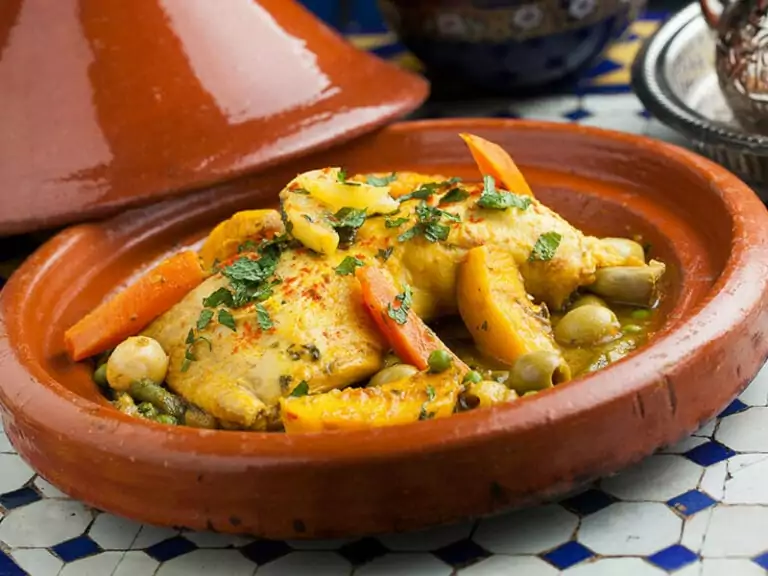
Tajine
Also known as tagine, this North African stew often combines meats with fruits like dates, apricots, or raisins, offering a savory and sweet flavor profile.
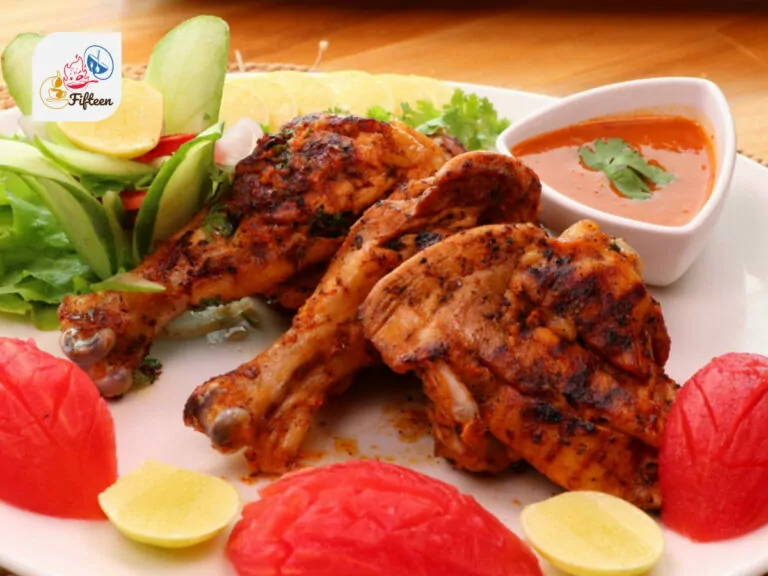
Peri Peri Chicken
The marinade for this spicy dish can include citrus fruits like lemons or oranges, adding a tangy zest to the chicken.

Thieboudienne
This Senegalese fish and rice dish can feature tamarind, a sour fruit that adds the tanginess to the dish’s flavor profile.
Of course, the list of African delicacies are more than that. On the other hand, why not continue your journey by trying drinks that are made with fruits.
What Are Popular African Beverages Using Fruits?
Discover below the most adored fruit-inspired drinks in Africa.

Palm Wine
Palm wine is made from the sap of palm trees, such as coconut and date palm.

Amarula
Amarula is crafted from the fruit of the African marula tree.

Baobab Juice
It’s a juice made from the fruit of the baobab tree.
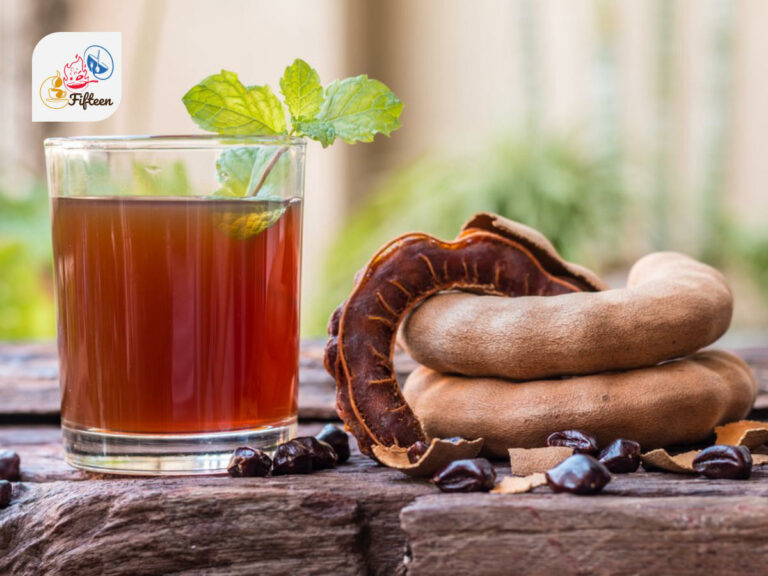
Tamarind Juice
The juice is made from the pulp of the tamarind fruit.
These are just a few options. The world of drinks in Africa traditions are diverse waiting for you to explore. Next, follow me to find some well-loved veggies on this continent.
Which Are the Favorite Vegetables in Africa?
Here are five favorite African vegetables with some brief insights.
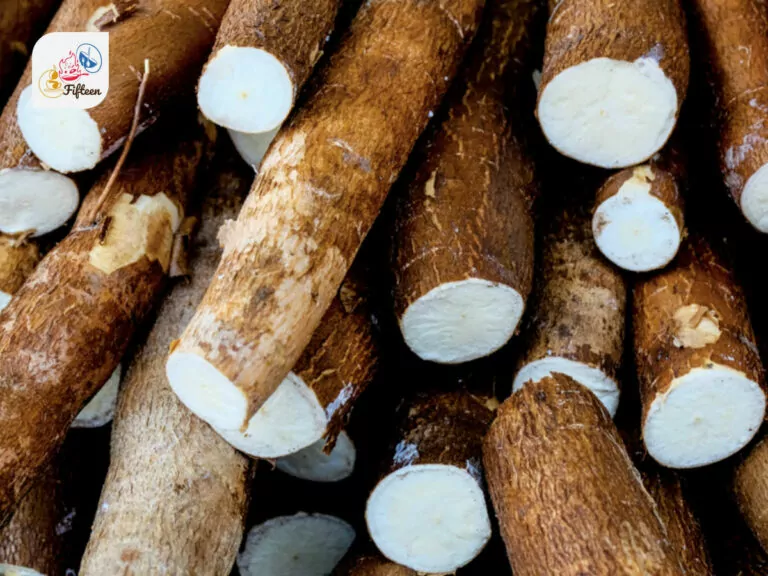
Cassava
It’s a starchy root vegetable, providing a major source of carbohydrates. Its leaves are also edible.
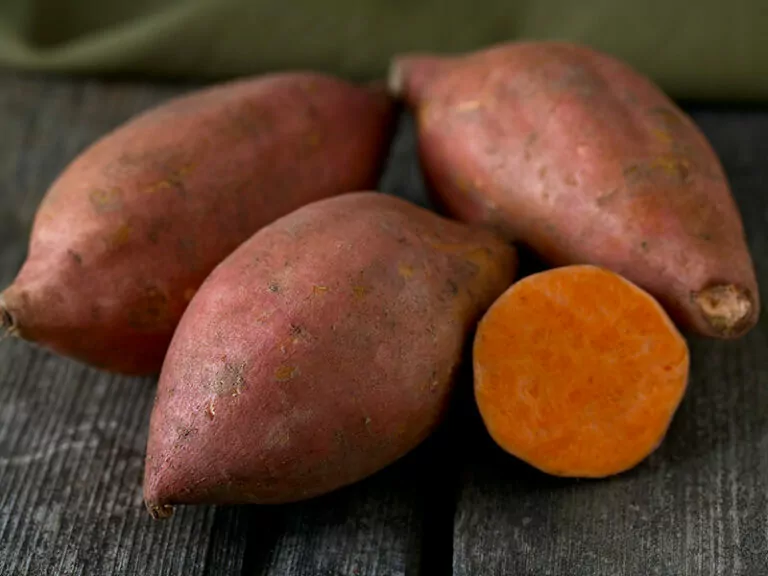
Sweet Potato
These nutrient-rich tubers are known for their sweet flavor and versatility in both savory and sweet dishes.
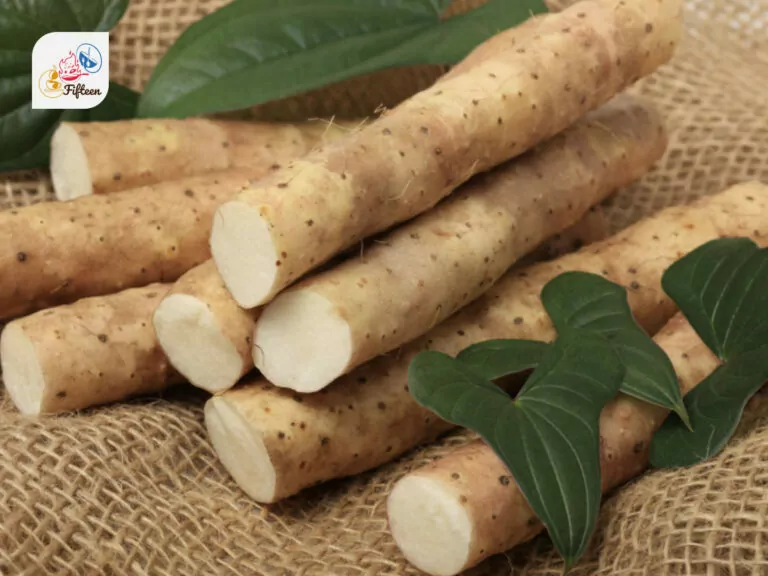
Yam
It’s a tuber crop that is a major food staple in West Africa, yams are often boiled, fried, or pounded into a smooth, sticky dough called “fufu” and served with soups or stews.
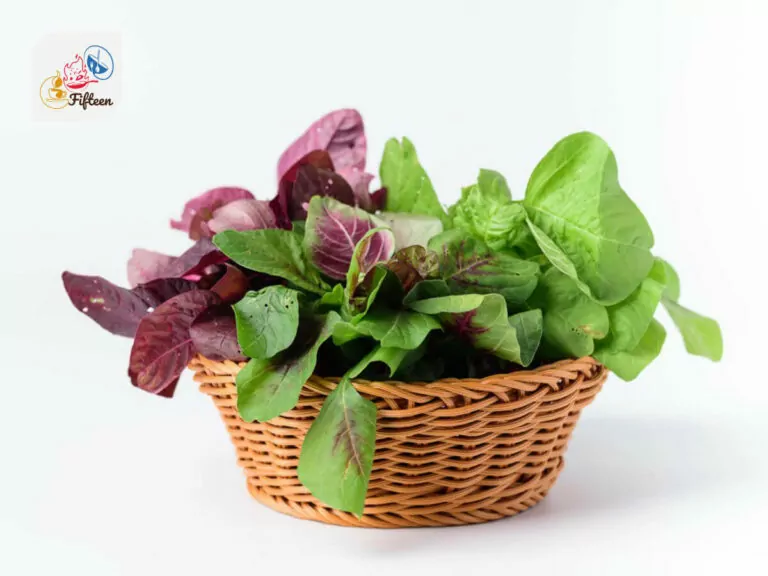
Amaranth
These popular greens in East Africa are typically used in stews and side dishes for their nutritional benefits.
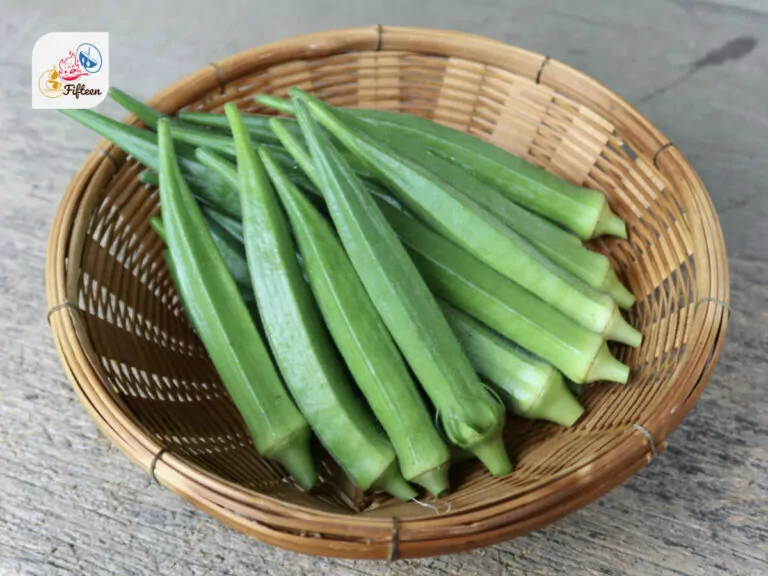
Okra
A green pod vegetable is valued for its edible green seed pods and is used to thicken soups and stews.
With these veggies of African cuisine, I hope you have more choices in choosing ingredients to prepare your favorite recipes.
Finally, in this vibrant world of African fruits, each bite holds many flavors waiting to be explored. Their rich taste captivates your senses and is super nourishing, offering an adventure.
So, here is a challenge: Don’t only read about them, try them! If this article tickled your curiosity, remember to give it a like and share it with your fellow food explorers. And I’d love to hear about your experiences in the comments below.


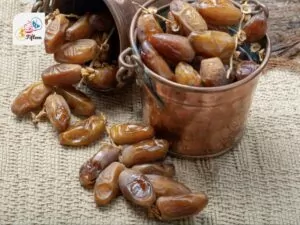
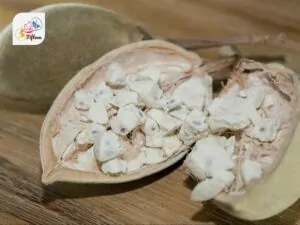
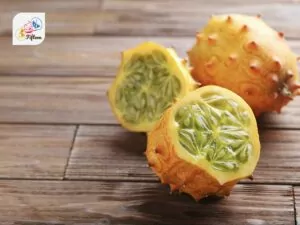
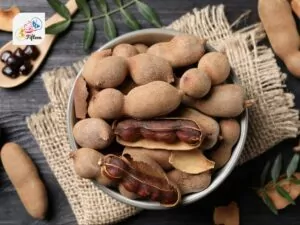
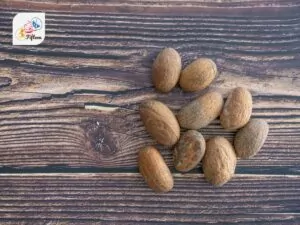


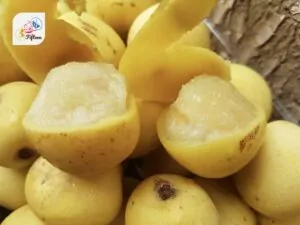
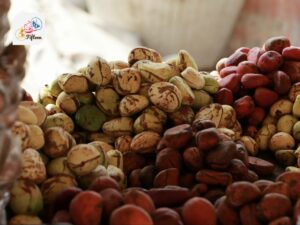
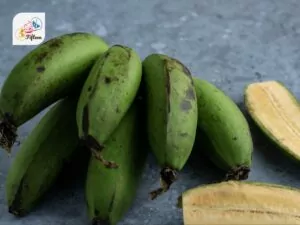
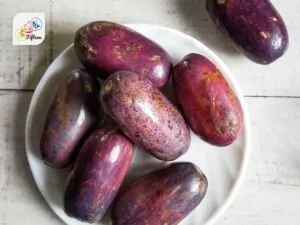
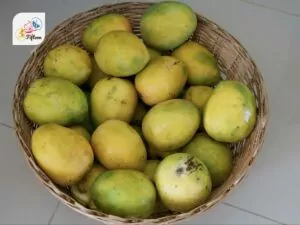
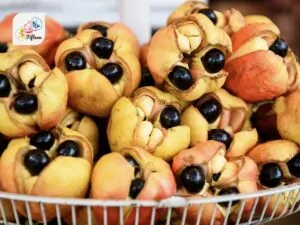
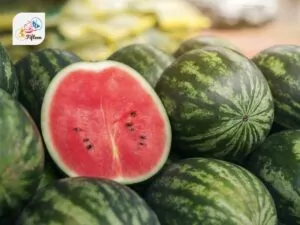
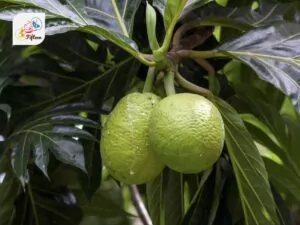
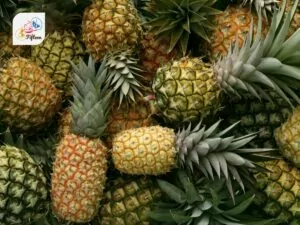
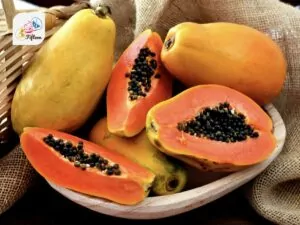
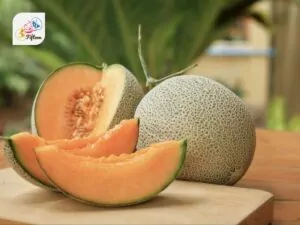
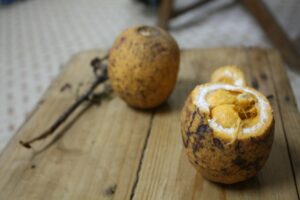
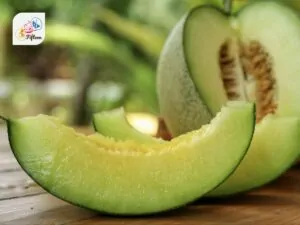
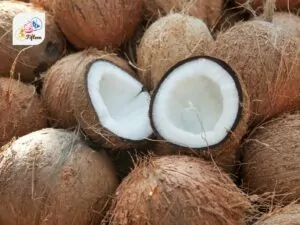

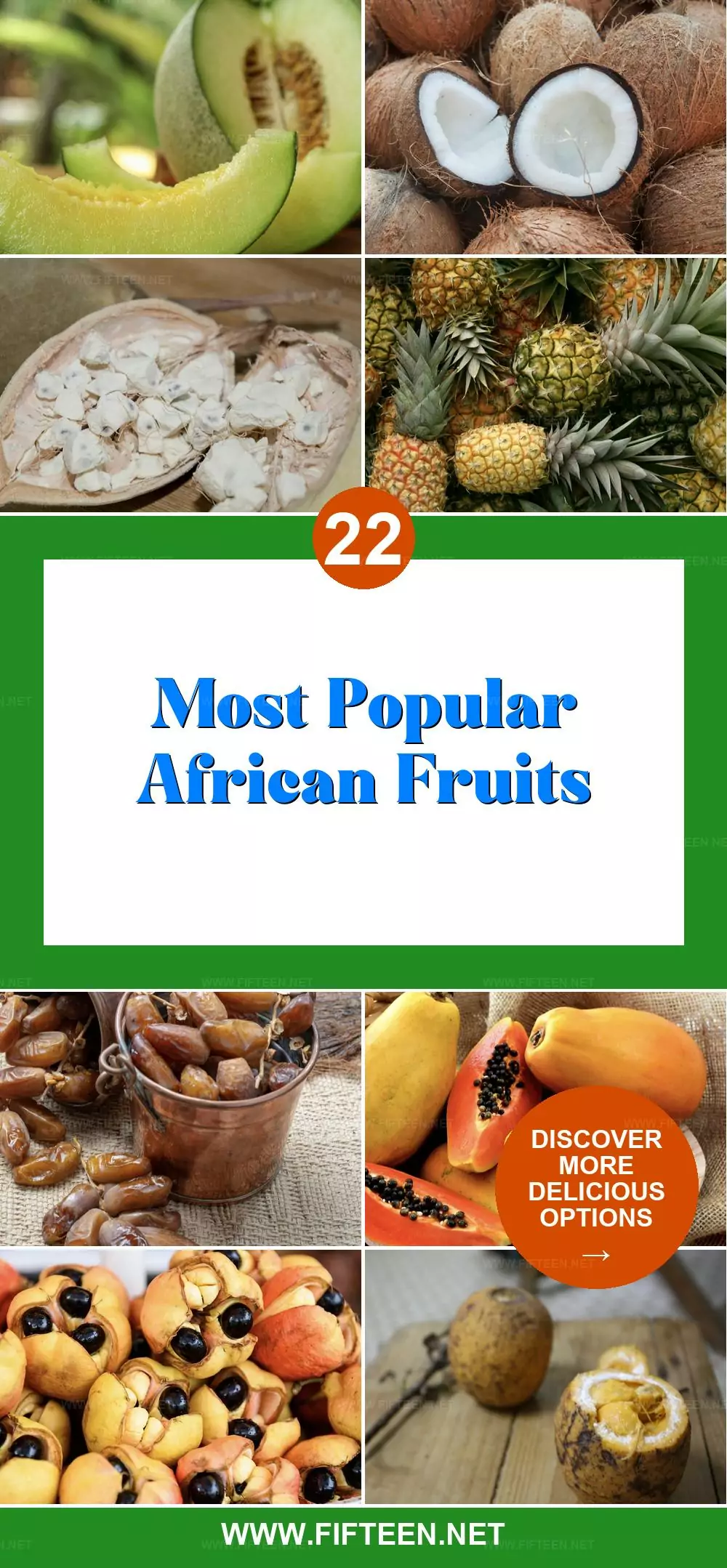
Jamie Scott
Editor in Chief, Senior Content Writer
Expertise
Home Cooking, Meal Planning, Recipe Development, Baking and Pastry, Food Editor, Cooking-video Maker, Western Food Evaluation Expert
Education
Le Cordon Bleu College of Culinary Arts
Local Community College, New York, NY
Jamie Scott is a skilled culinary expert and content creator specializing in Western cuisine. With over 15 years in the culinary field and formal training from Le Cordon Bleu, Paris, Jamie deeply understands how to blend nutrition with delicious flavors. His passion for cooking matches his commitment to making healthy eating accessible and enjoyable.
On Fifteen.net, Jamie brings a fresh perspective to classic dishes and beverages, offering readers insightful recipes, cooking tips, and a fresh view on meal planning that emphasizes taste, health, and simplicity.